From a soldier on the battlefield
Following the instructions of the locals, I went to the sedge field in Tao Xa village (Bac Dong Hung commune, Hung Yen province). Opening before my eyes was the lush green of sedge rows, neatly arranged, completely replacing the previously abandoned, low-lying, acidic land. Behind that revival is the persistent effort and aspiration to increase the value of the homeland's fields of veteran Nguyen Cao Dong (born in 1958).
While meticulously checking the growth and color of each grass stalk, Mr. Dong stopped when he saw me and warmly invited me to his house for a cup of green tea. In the small house in the middle of Tao Xa village, the former soldier slowly recounted his arduous but also proud military journey.
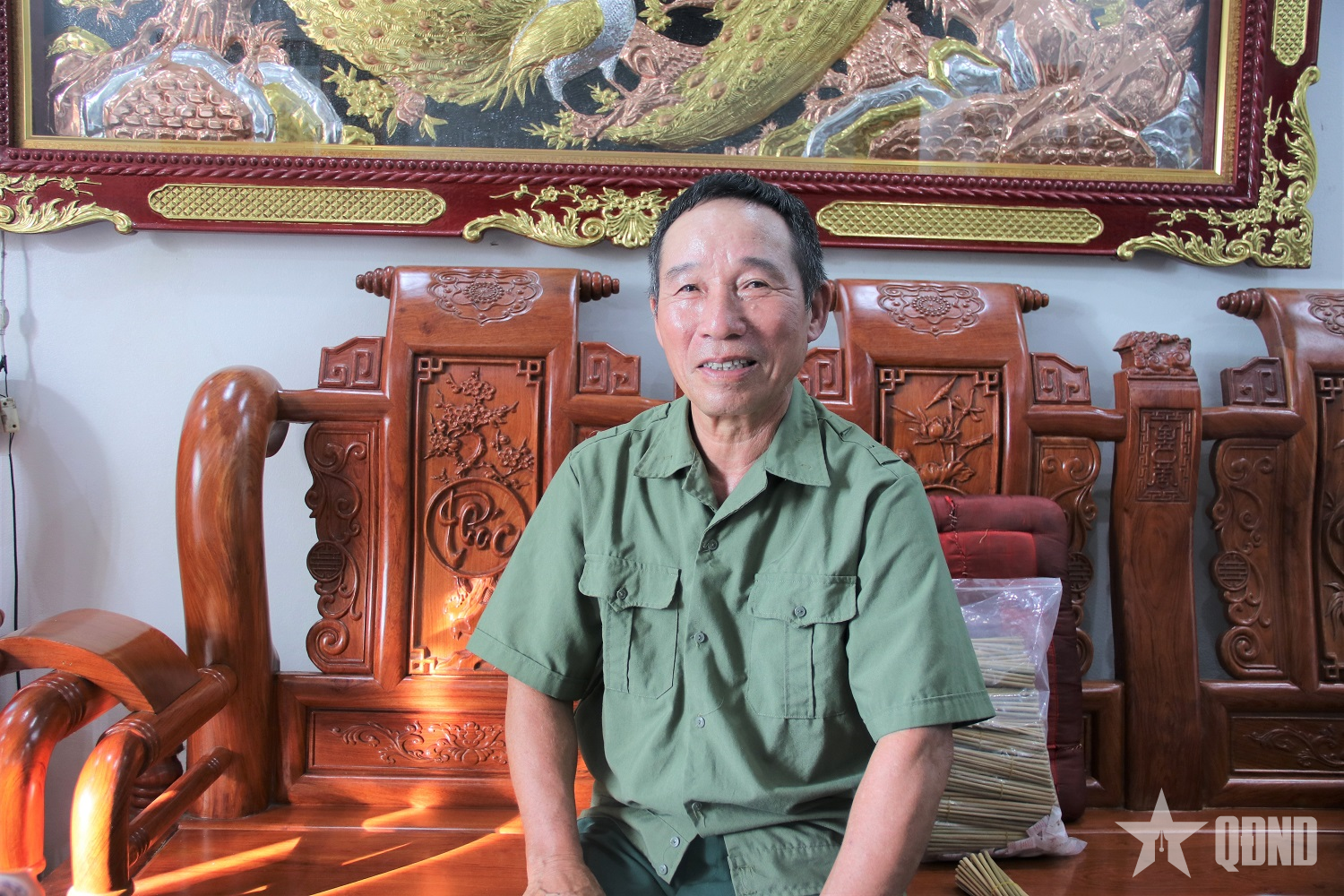 |
Veteran Nguyen Cao Dong. |
In 1976, when he was just 18 years old, Nguyen Cao Dong said goodbye to his family and hometown to join the army. After 3 months of training as a new soldier, young soldier Nguyen Cao Dong was assigned to Company 3, Battalion 2, Armored Brigade 22, Corps 4 (now Corps 34), training at Song Than base ( Binh Duong , now Ho Chi Minh City).
At the end of 1978, he and his unit participated in the war to protect the southwestern border, completing the mission of driving Pol Pot's troops out of the Fatherland's territory. Then, in coordination with the armed forces of the Cambodian National United Front for National Salvation, they defeated the reactionary Pol Pot regime and liberated the capital Phnom Penh (January 7, 1979). After completing his mission in Cambodia, in 1979, Nguyen Cao Dong was assigned to Company 2, Battalion 3 under Brigade 405 (Military Region 3), participating in the battle to protect the northern border of the Fatherland. Here, he and his comrades steadfastly held their ground, contributing to maintaining every inch of sacred land on the Fatherland's fence. In 1981, Nguyen Cao Dong was discharged from the army and returned to his homeland.
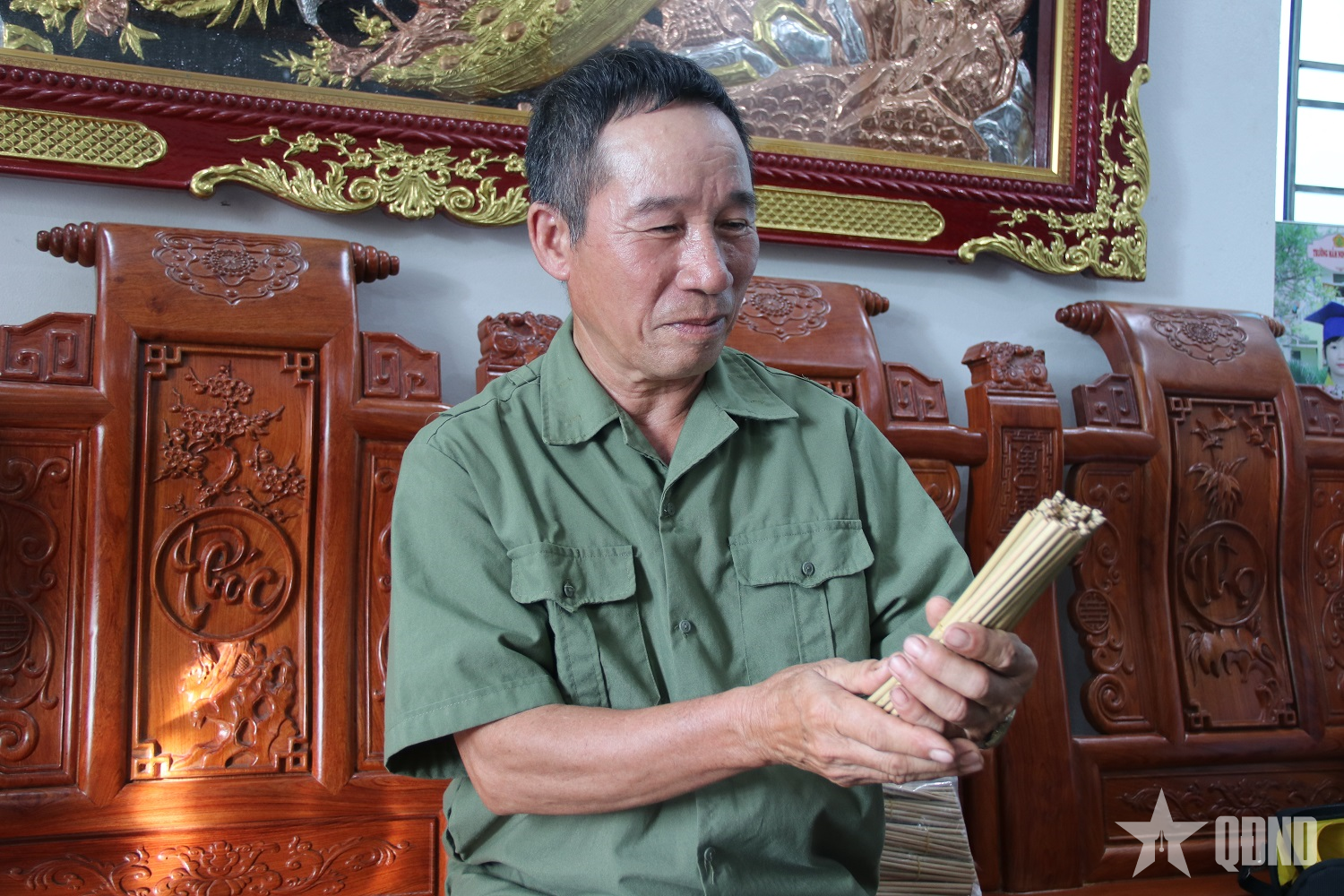 |
To the soldiers on the economic front
Returning to normal life, veteran Nguyen Cao Dong began to rebuild his life from the fields. He shared: “Like many households in the village, my family’s economy mainly depends on rice. Although we own more than 1 hectare of rice fields, it is a low-lying area so it is often flooded, the soil is infertile, the productivity is low, and life cannot improve.”
This is not just his family’s story, but the reality of many farmers in the region. Mechanization is difficult due to low-lying terrain, manual farming is still common, and the economic efficiency is not commensurate with the effort put in. Many middle-aged workers do not have stable jobs, and their lives are still precarious.
In that situation, with a strong will and determination to overcome difficulties that had been forged during his military service, Mr. Dong struggled to find a new direction to take advantage of the fallow land, create jobs for people and open up sustainable economic opportunities.
“My niece’s husband is a South African agricultural engineer. In 2021, while chatting with him, I learned that in many countries, people use straws made from sedge instead of plastic straws, to be environmentally friendly. Hearing that, I came up with the idea of bringing sedge to my hometown to grow,” Mr. Dong recalled.
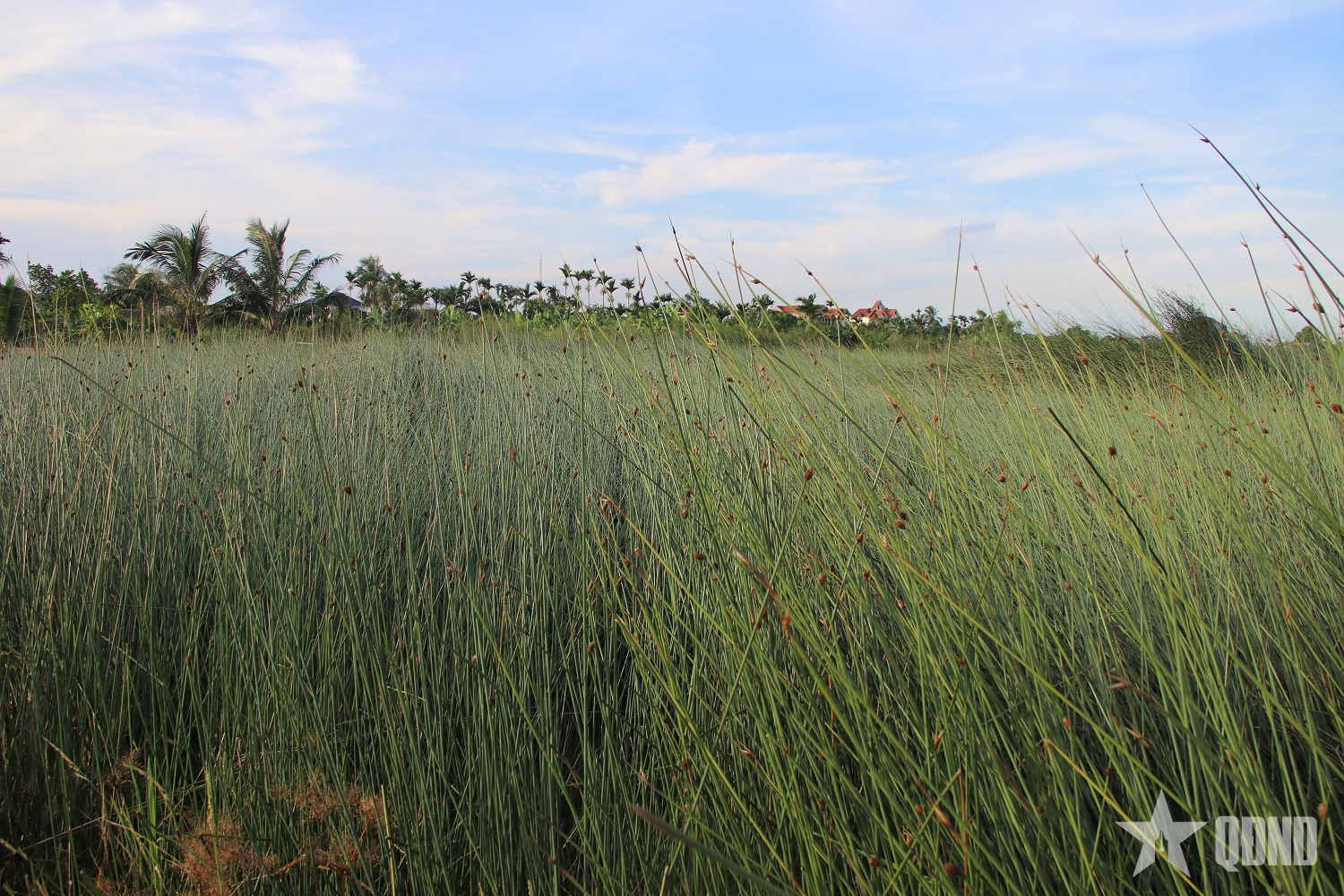 |
| Having initially succeeded in 1.08 hectares, Mr. Dong and his wife continued to buy abandoned fields. Up to now, the total area of sedge cultivation is 4.32 hectares. |
Thinking is doing, Mr. Dong went to Long An province (now Tay Ninh province) to meet farmers, learn how to grow and ask for sedge seeds to try planting on his family's field. Every morning when watering, seeing the grass sprout green and healthy, Mr. Dong and his wife were excited, believing that sedge could adapt to their homeland. From that initial success, he realized the long-term development potential of this plant and boldly proposed the idea of starting a business to the local government. With the support of the People's Committee of the commune and other functional agencies, he started converting 1.08 hectares of rice land to grow sedge.
After completing the conversion procedures, Mr. Dong and his wife started to renovate the fields. He demolished the small banks, leveled the fields, and adjusted the drainage system to suit the growth characteristics of the grass. The low-lying areas were filled in evenly, and the banks were reinforced to retain moisture and prevent flooding. Before planting, he also cleaned all the weeds, creating favorable conditions for the sedge to take root and grow stably on the new soil.
At first, due to his lack of experience with the new grass variety, Mr. Dong encountered many difficulties. “At that time, everyone in the field was growing rice, only I was growing grass. I sowed the seeds first, but when everyone else finished harvesting, the grass still hadn’t grown in my field. At that time, I was worried, but I wasn’t discouraged. The soldier’s nature was ingrained in my blood, once I started working, I wouldn’t give up halfway,” Mr. Dong recalled.
 |
Since then, he has been patiently researching how to plant, water, and calculate the appropriate sowing density for low-lying areas. Two months later, rows of sedge grass began to grow green in the fields that were previously used to low-yield rice.
Turning green grass into straws for export
After a year of care, the sedge was ready to be harvested, and Mr. Dong entered the stage of producing biological straws from this type of grass.
“After being cut from the field, the grass must be thoroughly washed and then cut into sections. Next, we remove the membrane inside the grass stem, soak it in salt and vinegar to naturally remove the smell. After that, we put it in a dryer and finally cut it again to create complete, uniform straws. Finally, we pack it in boxes to sell on the market,” Mr. Nguyen Cao Dong shared.
To reach the international market, the product must pass many strict inspection standards, especially regarding hygiene and safety. Thanks to meeting these requirements, Mr. Dong's sedge bio-straws are not only consumed well domestically but also exported to demanding markets such as Canada and Korea, each batch reaching millions of pieces. This result shows the competitive potential of Vietnamese bio-products in the international market.
Seeing Vietnamese products leave the fields of his homeland, travel thousands of kilometers to reach foreign consumers makes Mr. Dong unable to hide his pride. For him, each grass straw is a green message for the future: “I made this product because I want to spread awareness of reducing plastic waste, using natural materials so that my children and grandchildren will be less dependent on toxic plastics. Seeing Vietnamese products trusted by foreign countries, I am truly moved.”
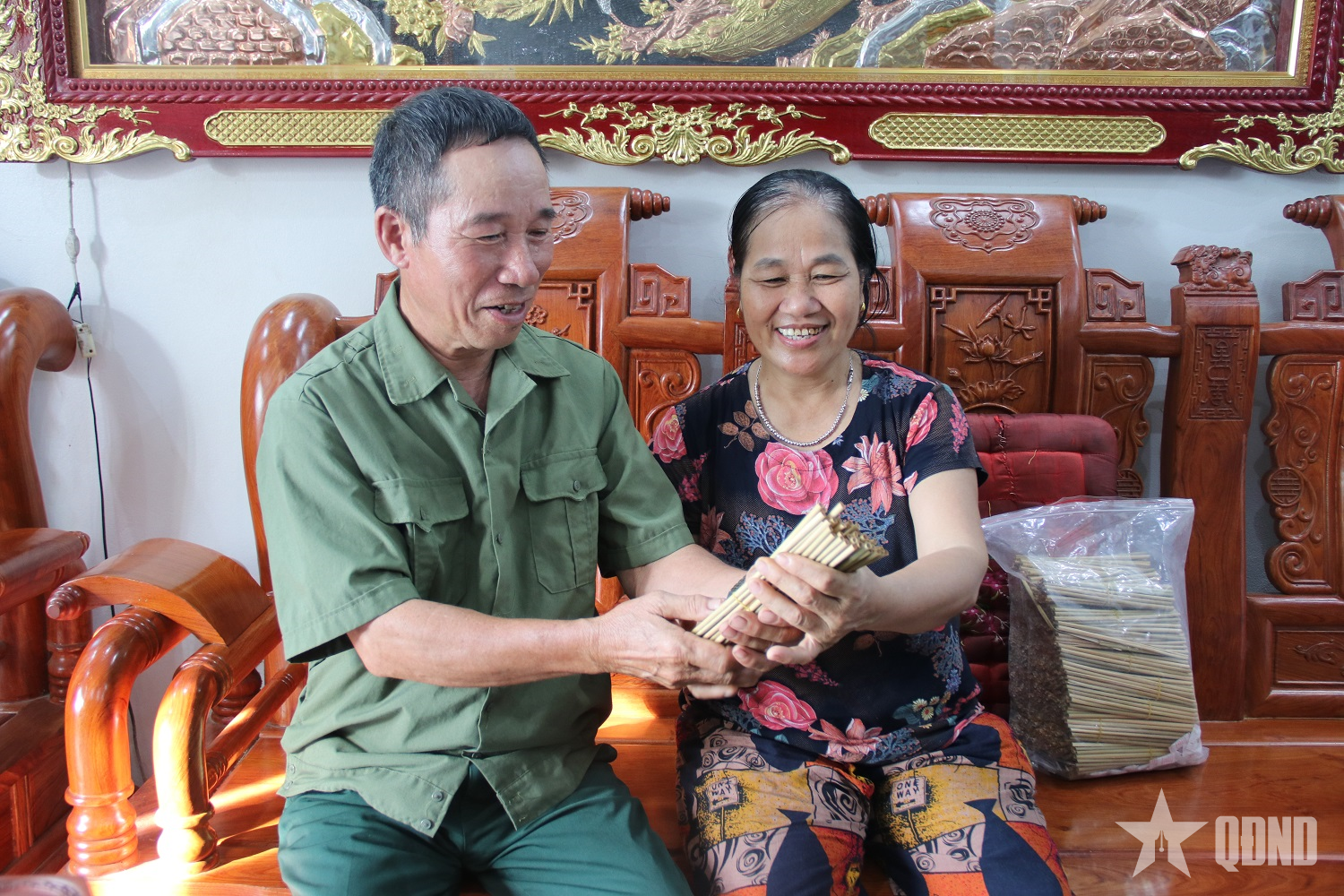 |
Not only does it contribute to environmental protection, his model also creates seasonal livelihoods for 20-30 local workers, most of whom are aged 50-60, with a stable income of 5-6 million VND/month. However, amid the joy, there is still concern that the domestic market is still indifferent to environmentally friendly products: “People are still used to using plastic pipes because they are cheap and convenient. But I believe that if what I do really brings value to the community, it is worth pursuing to the end,” Mr. Dong shared.
Not only striving to get rich legitimately with many effective economic development models, veteran Nguyen Cao Dong is also an exemplary leader in emulation movements, contributing to the construction of his homeland. As a member of the Association of Veterans in Tao Xa village (Bac Dong Hung commune, Hung Yen province), and also the Deputy of the collective farmer association of the village, he always coordinates closely with local organizations to create jobs for children of veteran members in difficult circumstances. He also does not hesitate to share his experience in growing, processing sedge and producing straws for those who want to learn, contributing to spreading the green economic model in the locality.
Mr. Nguyen Cao Thang, Head of Tao Xa Village, Head of the Village Veterans Association, commented: “Mr. Nguyen Cao Dong is an exemplary veteran, a pioneer in developing a model of making biological straws from sedge. Not only does he create a stable income for his family, he also creates jobs for many local workers. His model is a motivation for others to learn and follow, contributing to promoting sustainable development of the local economy.”
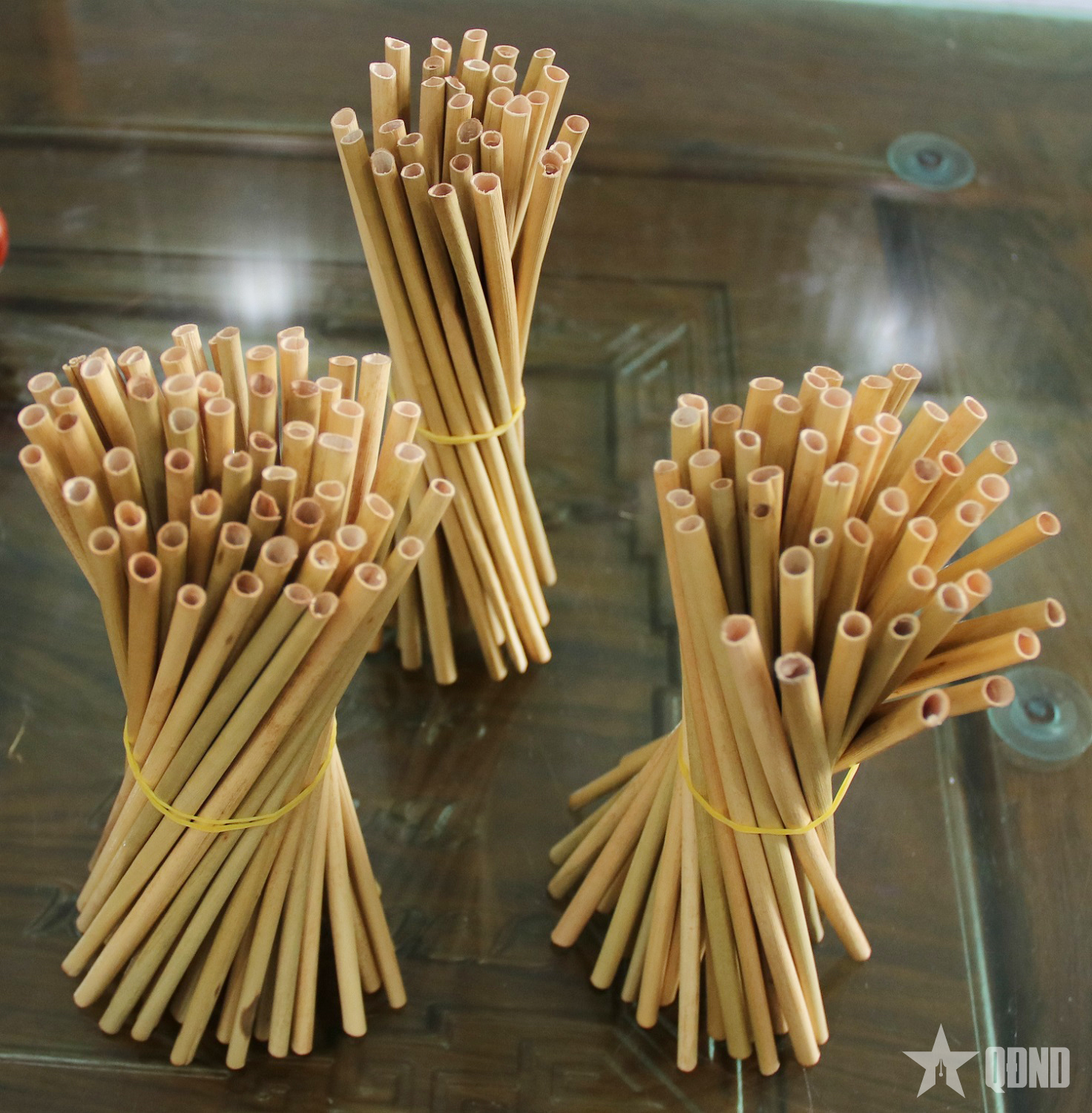 |
Sharing about his upcoming plans, Mr. Dong said that his family is planning to improve product quality and build a factory that meets export standards to be able to access demanding markets such as Japan. At the same time, he also continues to actively participate in local movements, contributing to the development of his hometown.
Years of training in the army have created the steadfast character of Uncle Ho's soldiers who are not afraid of sacrifice and hardship, dare to think and dare to do, determined to overcome difficulties, and rise up to become rich right on their homeland. Looking back at the achievements of a nearly 70-year-old farmer, many people are amazed and admire. It is the crystallization of the will to get rich, the desire to contribute and the hands that never rest. Each straw produced is part of the effort to protect the environment. Each harvest is another season of work for the people of the rice fields. In the middle of the windy grass field, Mr. Dong is still quietly attached to the land, to the people, to the green dream for his homeland.
Article and photos: TRAN HAI LY
Source: https://www.qdnd.vn/phong-su-dieu-tra/cuoc-thi-nhung-tam-guong-binh-di-ma-cao-quy-lan-thu-16/cuu-chien-binh-nguyen-cao-dong-gioo-sinh-ke-xanh-noi-dong-trung-838766



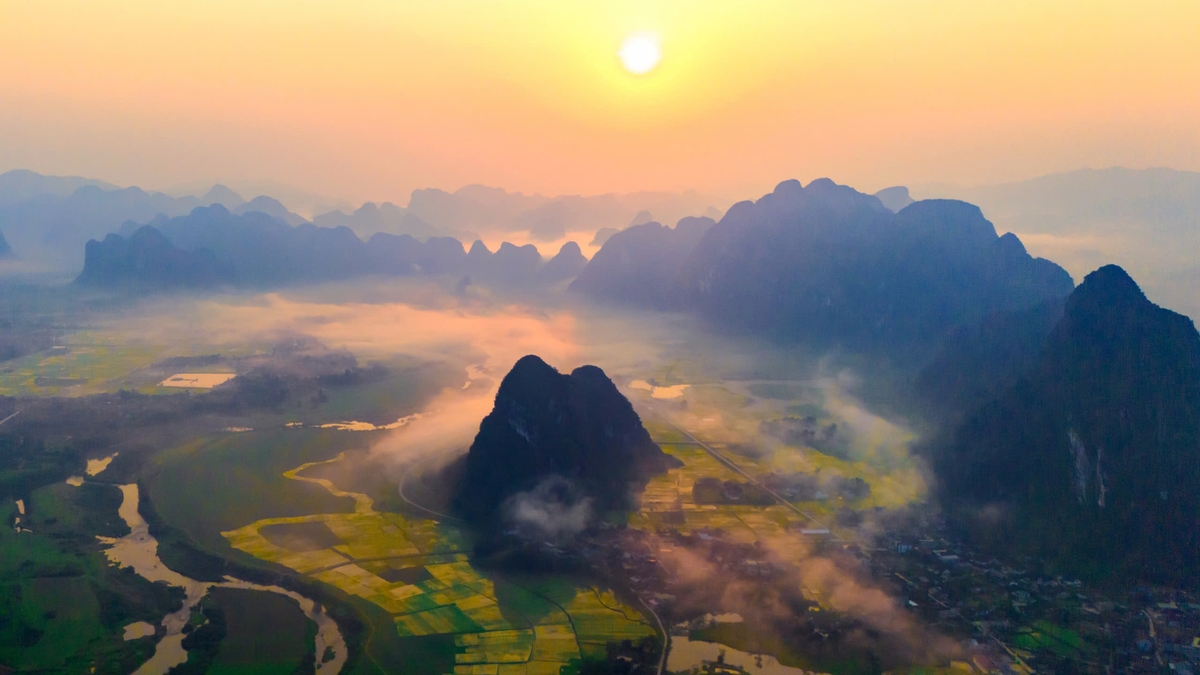








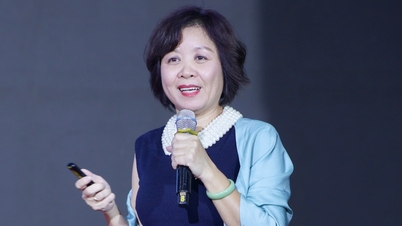

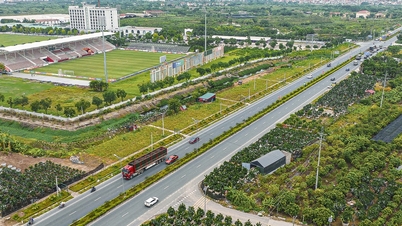

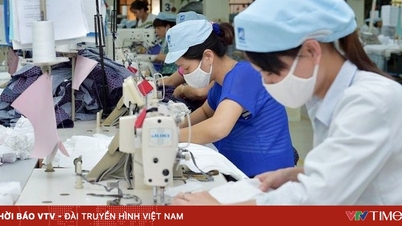


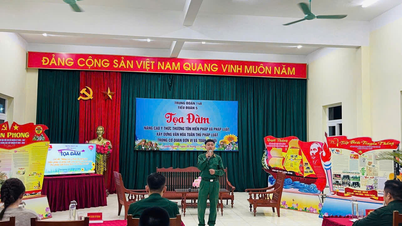
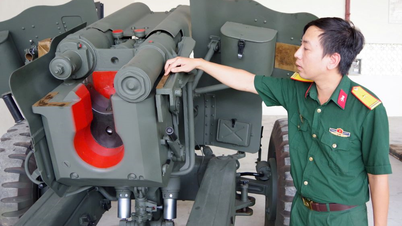
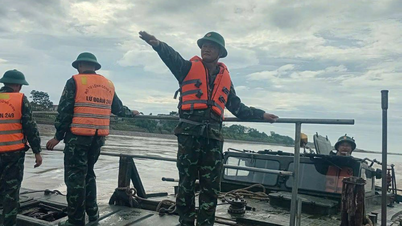
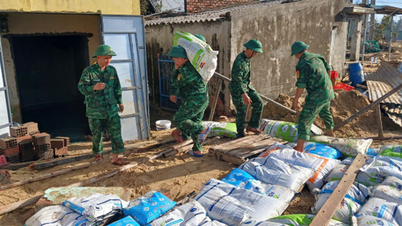



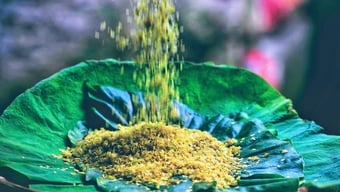

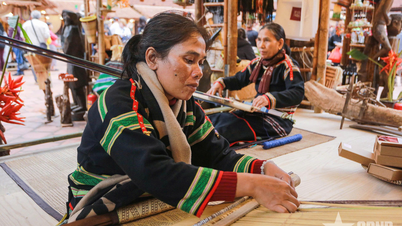
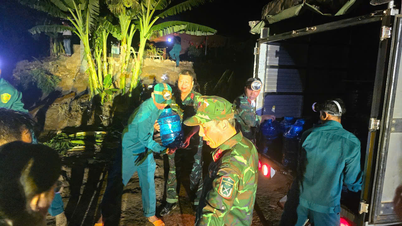
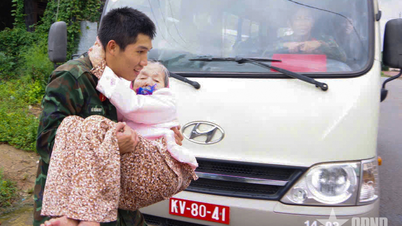
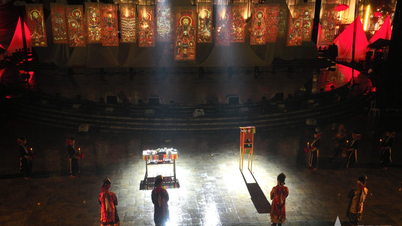

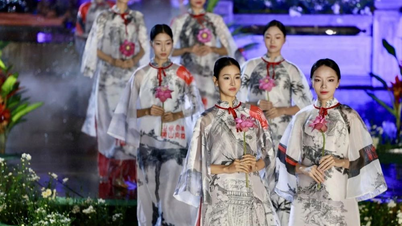

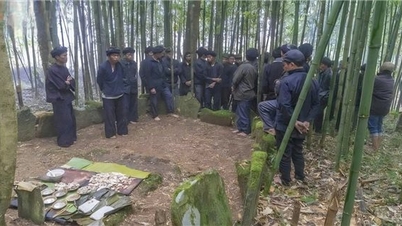





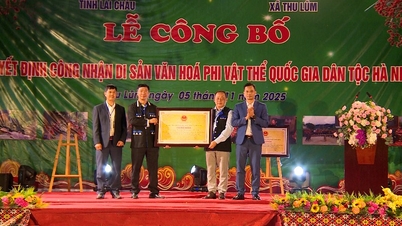



![[Video] Hue Monuments reopen to welcome visitors](https://vphoto.vietnam.vn/thumb/402x226/vietnam/resource/IMAGE/2025/11/05/1762301089171_dung01-05-43-09still013-jpg.webp)

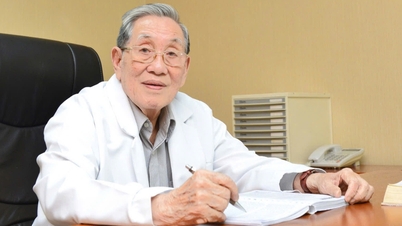
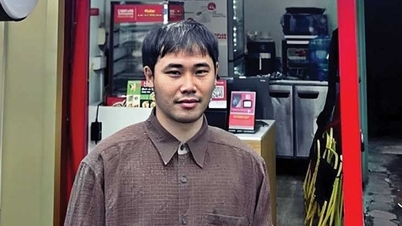







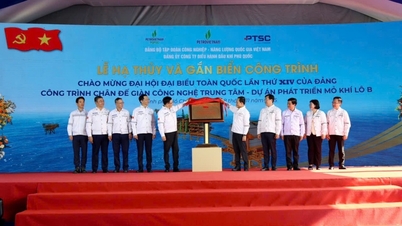
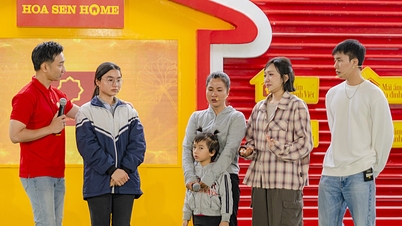















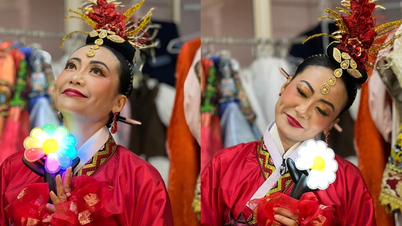
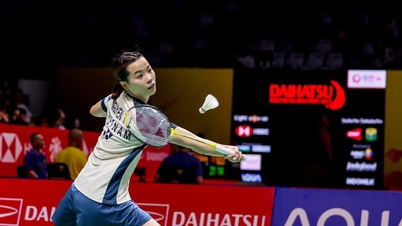
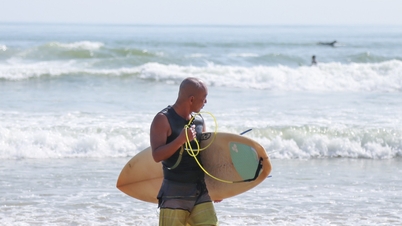






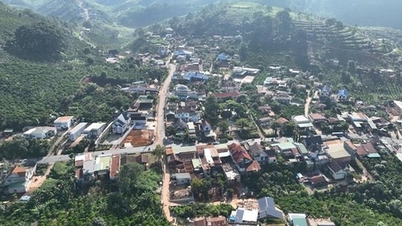

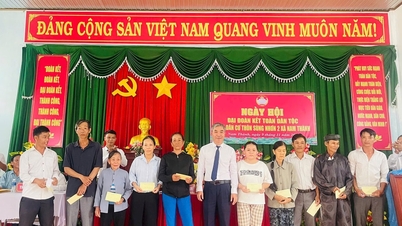

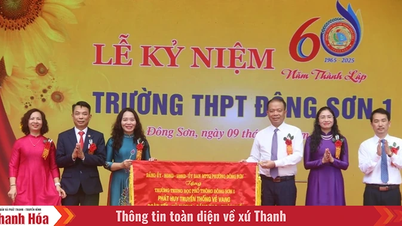



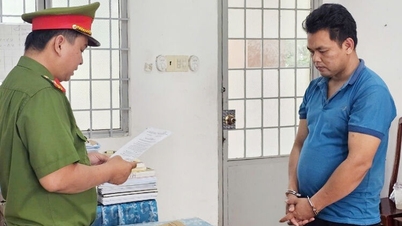

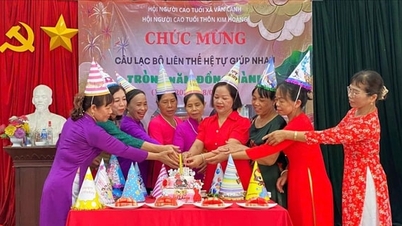



![Dong Nai OCOP transition: [Part 2] Opening new distribution channel](https://vphoto.vietnam.vn/thumb/402x226/vietnam/resource/IMAGE/2025/11/09/1762655780766_4613-anh-1_20240803100041-nongnghiep-154608.jpeg)


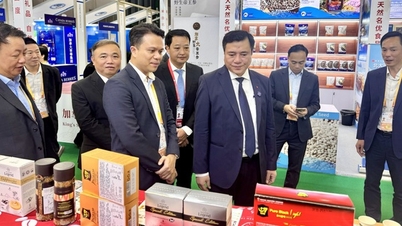






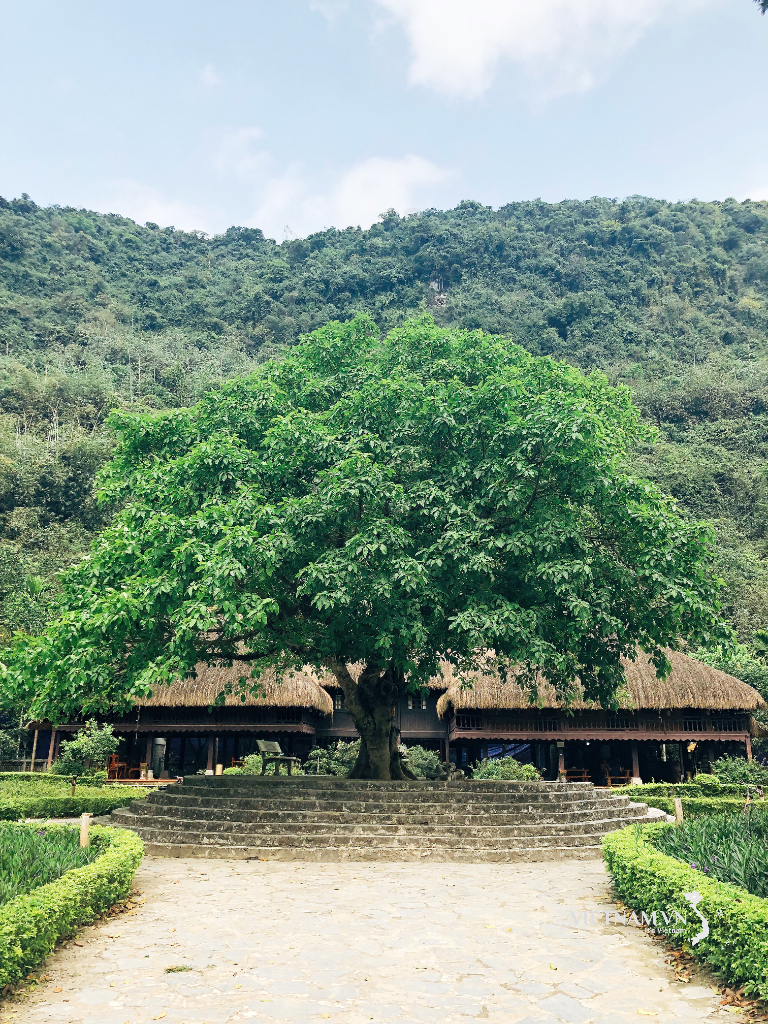


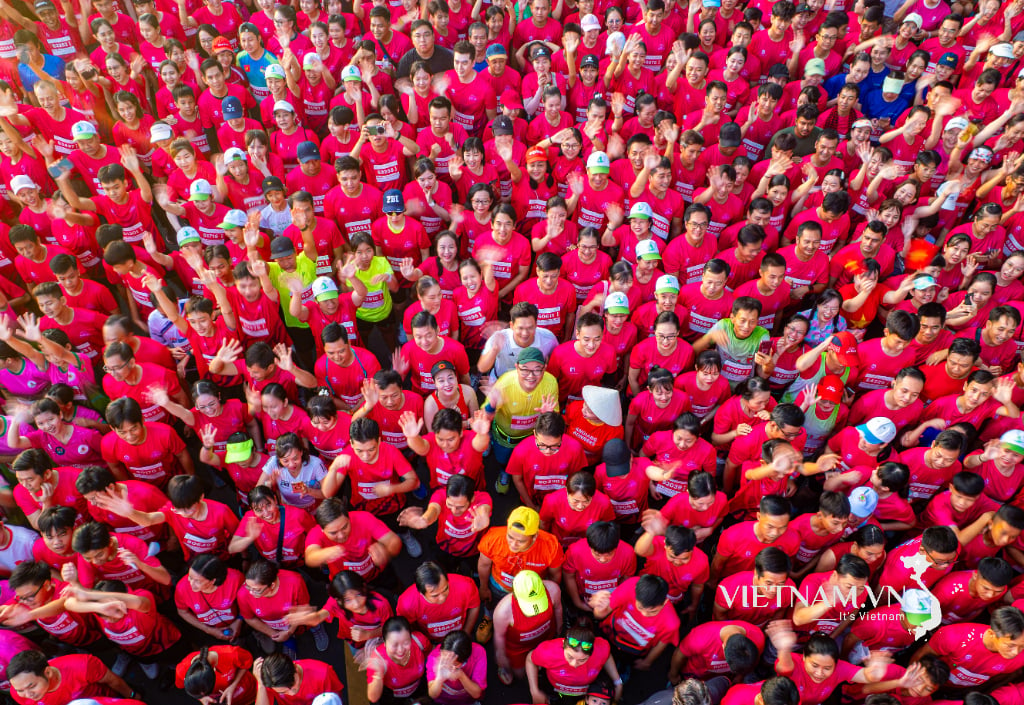
Comment (0)